K2: The Supplement for Your Anti-Aging Treatments
This article was written by Tom Bayne, DC. I just wanted to share it with you as it has much great information. L.P.
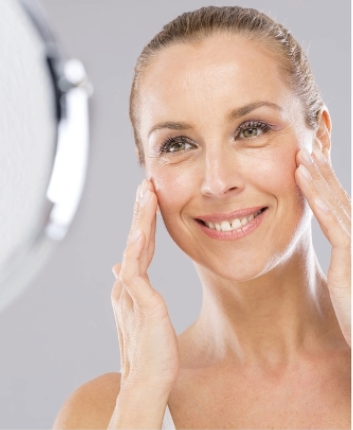 While aging as a whole is inevitable, some aspects of aging may actually be caused by a simple vitamin deficiency. That’s right – wrinkles, stiff muscles and decreased athletic performance can all be symptoms of just one micronutrient deficiency: vitamin K2.
While aging as a whole is inevitable, some aspects of aging may actually be caused by a simple vitamin deficiency. That’s right – wrinkles, stiff muscles and decreased athletic performance can all be symptoms of just one micronutrient deficiency: vitamin K2.
However, some of the more recent discoveries demonstrate that vitamin K2 can play a role in the treatment and prevention of wrinkles, varicose veins, diabetes, and even prostate, breast and liver cancers.2
Healthy Skin
To maintain youthful, healthy skin, the body needs a plentiful supply of collagen and elastin. Collagen is the protein responsible for skin’s firm and supple nature, although it also plays a role in connecting the tissues found in bone, muscles, tendons, cartilage and organs. Elastin is the protein that gives structure to the skin and organs, allowing the skin to resume its original shape after stretching. Together, these proteins help maintain skin that is firm, yet elastic.
However, by age 20, collagen stores begin to decline by 10 percent every decade, which can have negative effects on the skin as well as the bones.3-4 In fact, some studies show that the severity of a woman’s facial wrinkles after menopause can actually predict her risk of osteoporosis, mostly due to the fact that collagen loss in the skin occurs at the same rate as collagen loss in the bone.5
Until now, creams and lotions have led the anti-aging movement in an attempt to replace collagen stores, but research now indicates that excessive skin wrinkling may actually be a sign of vitamin K2 deficiency.
In population studies, Japanese women appear to have fewer wrinkles and more supple skin than women of the same age living in North America.5 Some people attribute this youthful skin to Asian genetics, but even when compared to women from Shanghai and Bangkok, Japanese women appear to show the least visible signs of aging. Interestingly, the women from these three Asian groups share many similar diet and lifestyle factors, with one exception – the Japanese women have a much higher consumption of natto.
Natto, or fermented soybean, is considered a staple of Japanese cuisine and happens to be the richest food source of vitamin K2. As a result, Japanese women have much higher circulating levels of this vitamin than any other Asian population, which may account for their more youthful complexions.
Athletic Performance
One of the main reasons aerobic athletic performance declines with age is that the body becomes less effective at utilizing oxygen. The maximal ability to utilize oxygen can be measured by VO2max, an assessment of how much oxygen your body can use per kilogram of body weight. As a result, a high VO2max will indicate that a person can effectively utilize oxygen, which is often seen in well-trained endurance athletes.
Unfortunately, after the age of 30, VO2max will begin to decline. For non-athletes, VO2max tends to decline by about 10 percent every decade. However, athletes who continue their rigorous training can reduce the decline to only five percent every decade.6 The main reason that VO2max declines with age is because the maximal heart rate (max HR) decreases as well.
Because cardiac output is the product of stroke volume and maximal heart rate (cardiac output = stroke volume x maximal heart rate), a decrease in max HR will directly decrease cardiac output and, in turn, oxygen delivery to the muscles. This translates to a lower VO2max and decreased athletic endurance with age.
Fortunately, vitamin K2 appears to increase cardiac output by improving mitochondrial function. In fact, a recent study conducted at the University of North Texas found that only eight weeks of high-dose supplementation with vitamin K2 (MK-4) was associated with a whopping 12 percent increase in maximal cardiac output in aerobically trained athletes.7 Interestingly, it’s estimated to take 6-9 months of high-intensity training without K2 supplementation to achieve the same increase in cardiac output.
Researchers also reported slight increases in stroke volume and maximal heart rate in the test group, which may help explain the significant increase in cardiac output.
The Vitamin K2 Solution
The good news is that many of the conditions discussed in this article can be remedied with increased intake of vitamin K2. The bad news is that vitamin K2 is fairly elusive in the modern Western diet. The best natural source of K2 is natto, which contains approximately 1,100 mcg of vitamin K2 in a 3.5 oz serving. However, natto is very pungent and bitter, which can make patient compliance a significant challenge.
Other good sources of vitamin K2 include goose liver, various organ meats, and soft cheeses like Gouda and Brie. These natural food sources contain vitamin K2 in its menaquinone-4 form (MK-4), which has a short half-life of roughly 4-6 hours. This means patients would need to consume these foods every 4-6 hours in order to maintain optimal K2 levels in the blood.
When considering supplementation with K2, research indicates that MK-7 is superior to MK-4 and vitamin K1 in regards to half-life, bioavailability and safety. It’s also important to choose naturally fermented forms of MK-7, as synthetic MK-7 currently is not as well-studied or held to the same quality standards as natural MK-7.
References
- Cranenburg EC, et al. Vitamin K: the coagulation vitamin that became omnipotent. Thromb Haemost, 2007;98(1):120-5.
- Cario-Toumaniantz C, et al. Identification of differentially expressed genes in human varicose veins: involvement of matrix gla protein in extracellular matrix remodeling. J Vasc Res, 2007;44(6):444-59.
- Shuster S. Osteoporosis, a unitary hypothesis of collagen loss in skin and bone. Med Hypotheses, 2005;65(3):426-32.
- Gheduzzi D, et al. Matrix Gla protein is involved in elastic fiber calcification in the dermins of pseudoxanthoma elasticum patients. Lab Invest, 2007;87(10):998-1008.
- Yoneda PP, et al. Association between skin thickness and bone density in adult women. An Bras Dermatol, 2011;86(5):878-84.
- Tanaka H, Seals DR. Endurance exercise performance in Masters athletes: age-associated changes and underlying physiological mechanisms. J Physiol, 2008;586(1):55-63.
- McFarlin BK, et al. Oral consumption of vitamin K2 for 8 weeks associated with increased maximal cardiac output during exercise. Altern Ther Health Med, 2017;23(4):26-32.
Dr. Tom Bayne, president of Physicians Exclusive, LLC, is a chiropractic physician specializing in nutritional therapies, and an international expert in digestive health and detoxification. His passion for holistic medicine led him to Europe, where he had executive roles at two top natural health companies.

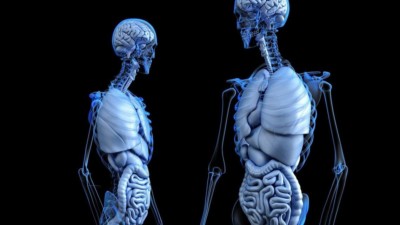 In Chinese Medicine the Intestines of the human are called “ Our second brain” for the last 4 thousand years. Now, the same term is used by western scientists. You’ve got brain cells in your butt. They make your colon smart.A team of scientists in Australia has just released a study with new
In Chinese Medicine the Intestines of the human are called “ Our second brain” for the last 4 thousand years. Now, the same term is used by western scientists. You’ve got brain cells in your butt. They make your colon smart.A team of scientists in Australia has just released a study with new 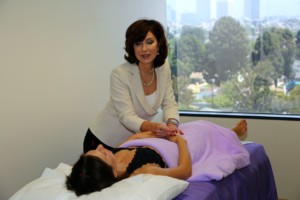 Dear Friends,
Dear Friends,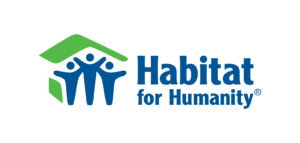
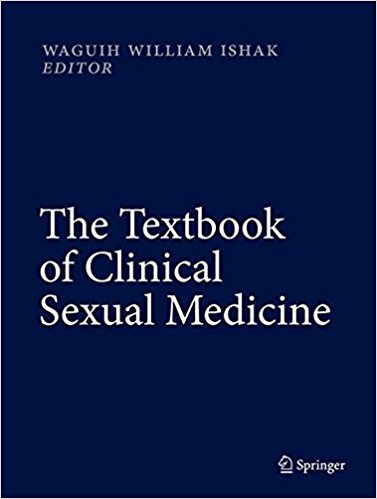
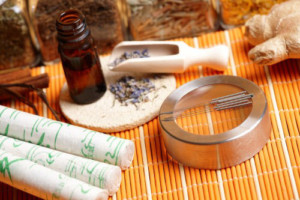 Acupuncture is one of the oldest, most commonly used systems of healing in the world. Originating in China some 3,500 years ago, only in the last three decades has it become popular in the United States. In 1993, the Food and Drug Administration estimated that Americans made up to 12 million visits per year to acupuncture practitioners and spent upwards of half a billion dollars on acupuncture treatments.
Acupuncture is one of the oldest, most commonly used systems of healing in the world. Originating in China some 3,500 years ago, only in the last three decades has it become popular in the United States. In 1993, the Food and Drug Administration estimated that Americans made up to 12 million visits per year to acupuncture practitioners and spent upwards of half a billion dollars on acupuncture treatments.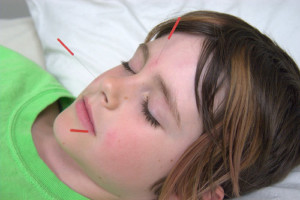 Most people believe that acupuncture cannot be used on children. The reason behind it, as in many cases for adults as well, are that most people are afraid of needles or potential pain. The majority of my patients are pleasantly surprised when during their first visit, their treatment is virtually painless. In cases with children younger than 3-years-old, I use 24-karat gold plated beads instead of needles. It tell them that ‘we are playing stickers.’ The beads are attached to a surgical adhesive tape, so I am able to place a bead first on Mom’s hand, then on mine, and then the child usually asks me to place one on him or her as well. Little do they know that I am placing the beads in a special spot called acupressure points. Frequently all three of us will cover the spots with small cartoonish stickers also. For the children over 3-years-old, I use needles with a gauge as thin as a human hair.
Most people believe that acupuncture cannot be used on children. The reason behind it, as in many cases for adults as well, are that most people are afraid of needles or potential pain. The majority of my patients are pleasantly surprised when during their first visit, their treatment is virtually painless. In cases with children younger than 3-years-old, I use 24-karat gold plated beads instead of needles. It tell them that ‘we are playing stickers.’ The beads are attached to a surgical adhesive tape, so I am able to place a bead first on Mom’s hand, then on mine, and then the child usually asks me to place one on him or her as well. Little do they know that I am placing the beads in a special spot called acupressure points. Frequently all three of us will cover the spots with small cartoonish stickers also. For the children over 3-years-old, I use needles with a gauge as thin as a human hair.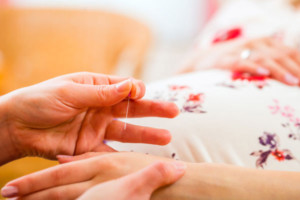 I came across an interesting article this week that I wanted to share on the growing scientific evidence that shows acupuncture can boost pregnancy rates when combined with other fertility treatments. It discusses a couple in Connecticut who were trying to conceive and finally decided to try acupuncture as a complement to their IVF treatments. You can read more about it by
I came across an interesting article this week that I wanted to share on the growing scientific evidence that shows acupuncture can boost pregnancy rates when combined with other fertility treatments. It discusses a couple in Connecticut who were trying to conceive and finally decided to try acupuncture as a complement to their IVF treatments. You can read more about it by 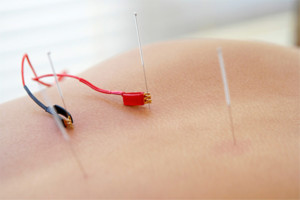 According to a new study published online ahead of print in the Journal of Clinical Oncology, electroacupuncture may be more effective and safer than gabapentin for managing hot flashes among breast cancer survivors. Even though more studies need to be done, it’s an exciting start to see that the safer electroacupuncture treatment can be considered effective instead of relying on prescription drugs. I’ve been offering electroacupuncture for years and have seen amazing results with its use. You can read more about the study here.
According to a new study published online ahead of print in the Journal of Clinical Oncology, electroacupuncture may be more effective and safer than gabapentin for managing hot flashes among breast cancer survivors. Even though more studies need to be done, it’s an exciting start to see that the safer electroacupuncture treatment can be considered effective instead of relying on prescription drugs. I’ve been offering electroacupuncture for years and have seen amazing results with its use. You can read more about the study here.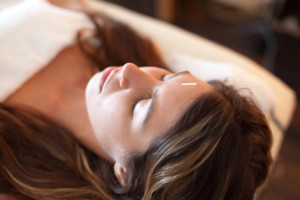 People often ask me how acupuncture is used as support for Cancer patients. One of the most important ways is during cancer treatment, such as chemotherapy, to offset the pain and other symptoms associated with the treatment. According to this article I recently found by Martha Shade of CNN, the doctor featured breaks healing into three phases. “In phase one, acupuncture helps to manage side-effects during chemotherapy, like the nausea. Then it helps balance the nervous system and reduce the pain and issues that arise post-treatment. In phase three, acupuncture minimizes stress and inflammation to keep cancer at bay.” You can read it here in its entirety to get the full story. Enjoy!
People often ask me how acupuncture is used as support for Cancer patients. One of the most important ways is during cancer treatment, such as chemotherapy, to offset the pain and other symptoms associated with the treatment. According to this article I recently found by Martha Shade of CNN, the doctor featured breaks healing into three phases. “In phase one, acupuncture helps to manage side-effects during chemotherapy, like the nausea. Then it helps balance the nervous system and reduce the pain and issues that arise post-treatment. In phase three, acupuncture minimizes stress and inflammation to keep cancer at bay.” You can read it here in its entirety to get the full story. Enjoy!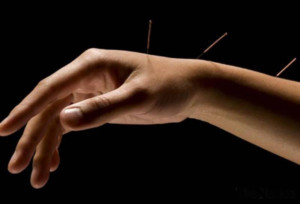 Reposted as Postolova Acupuncture News from HospiMedica
Reposted as Postolova Acupuncture News from HospiMedica